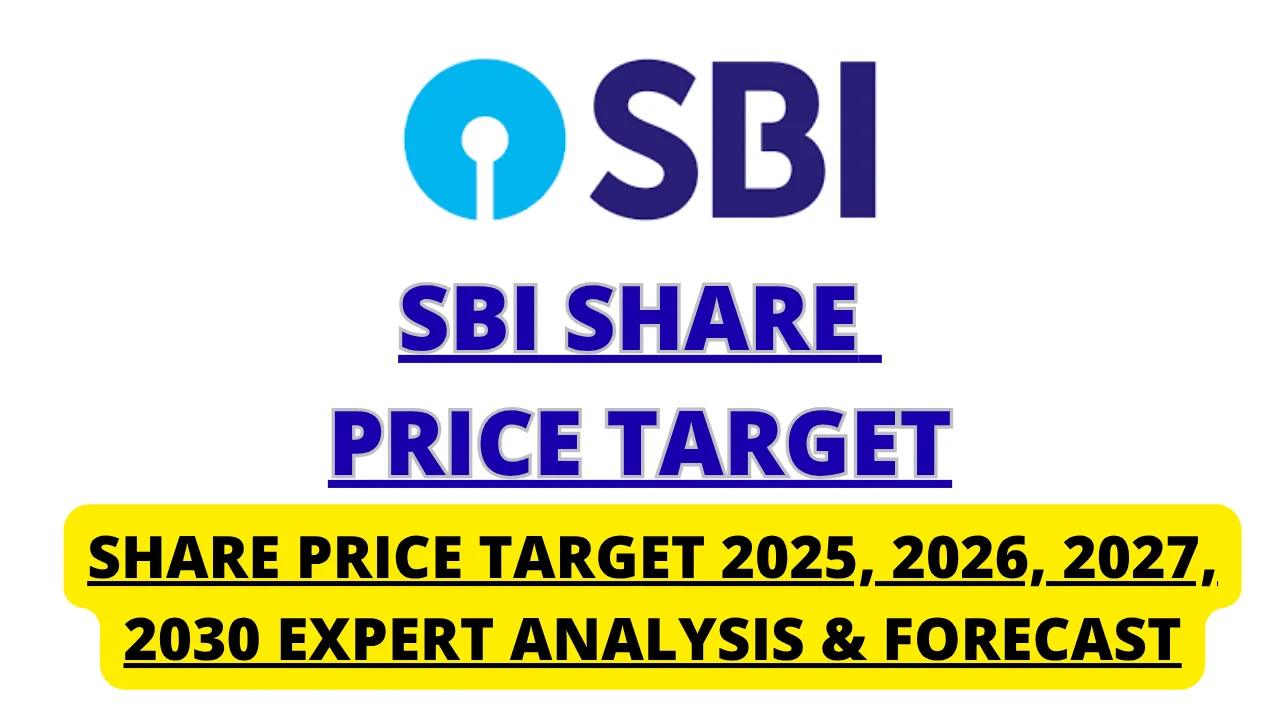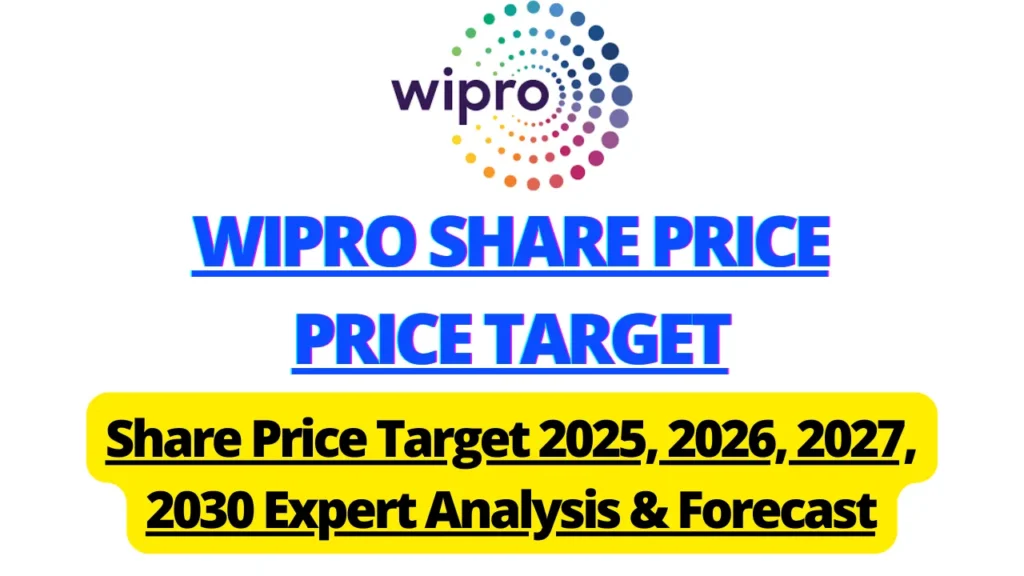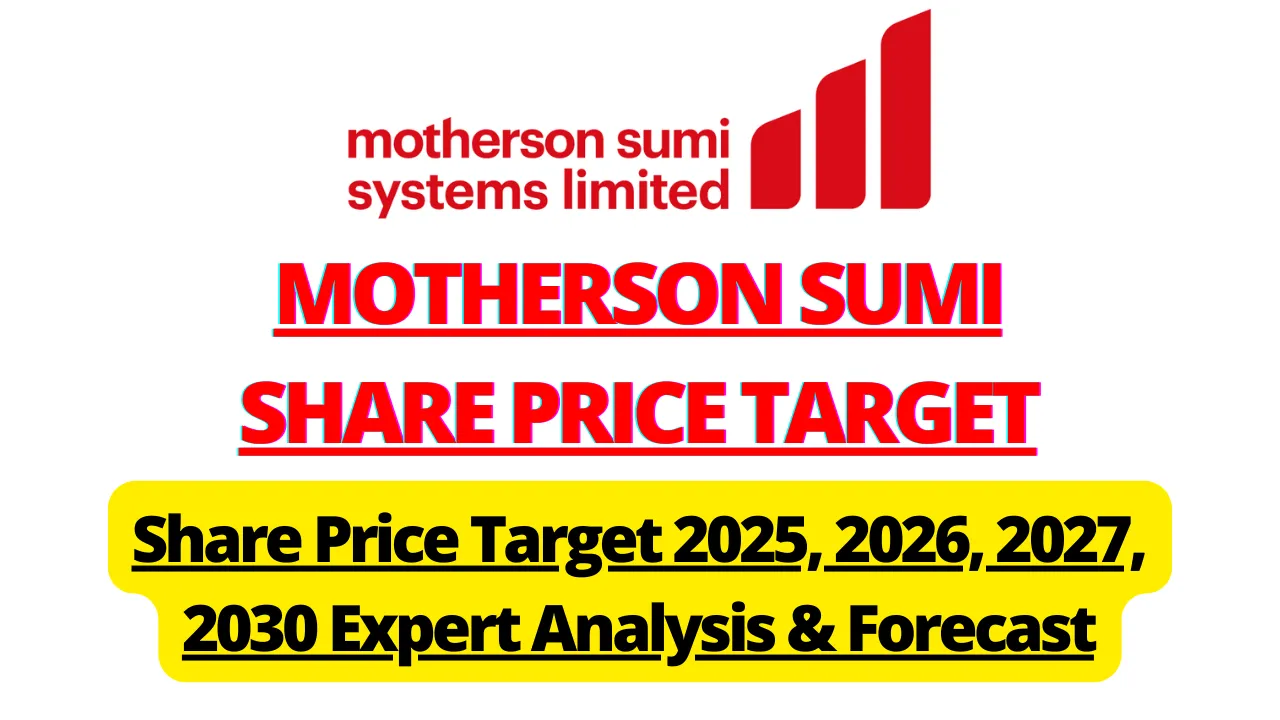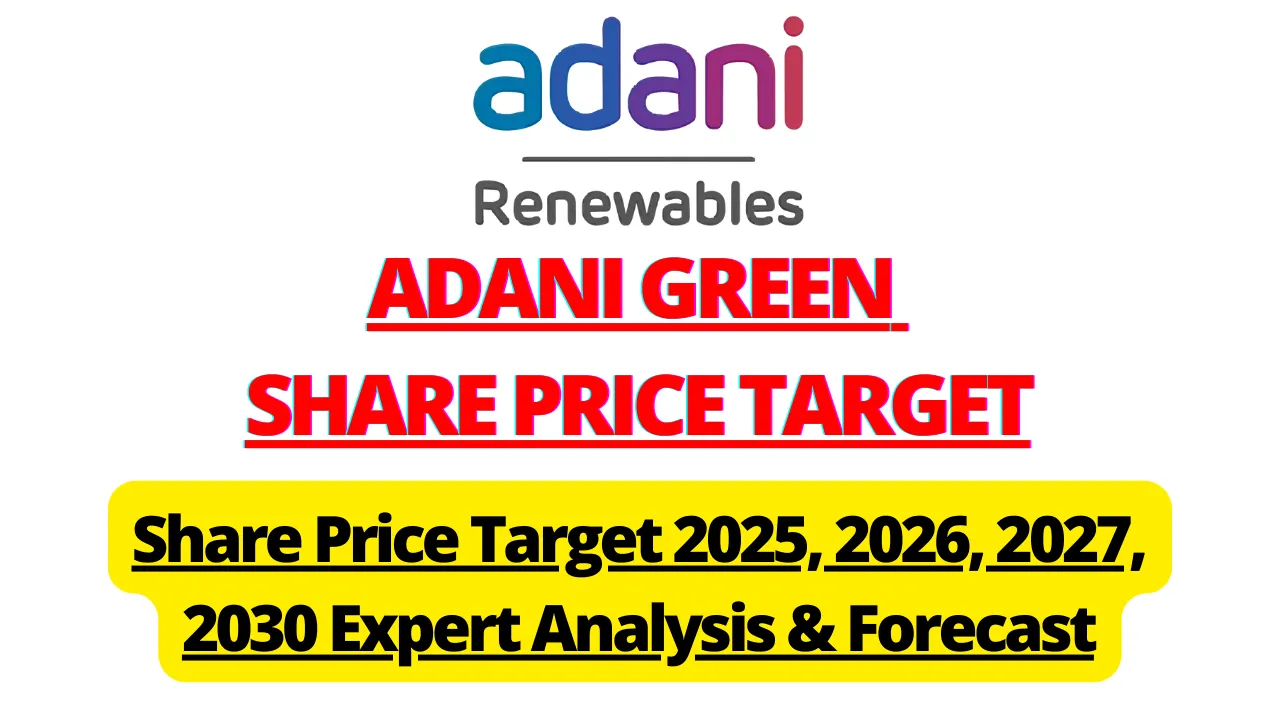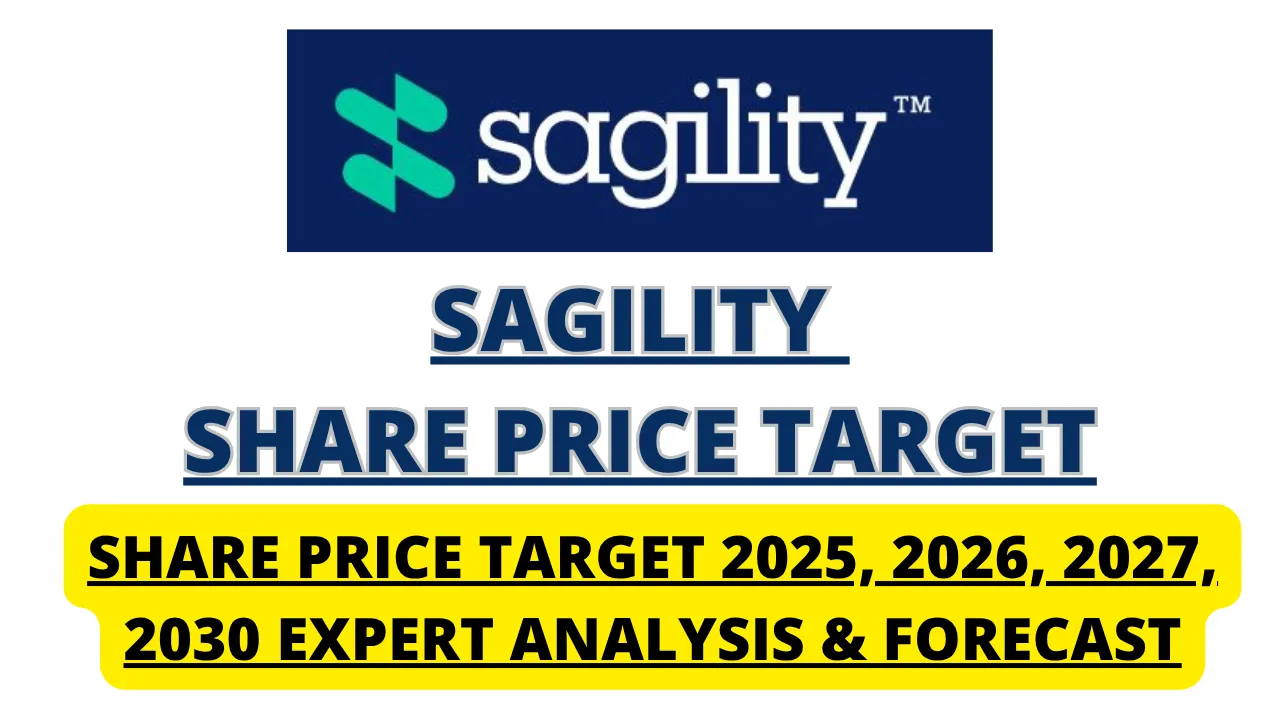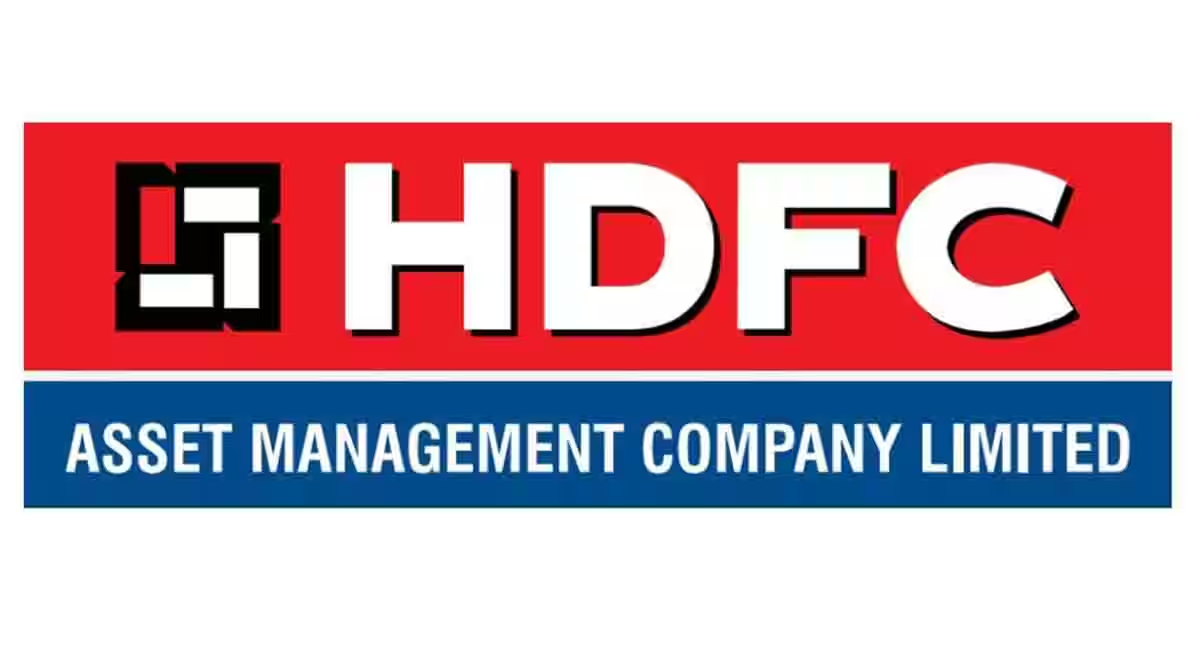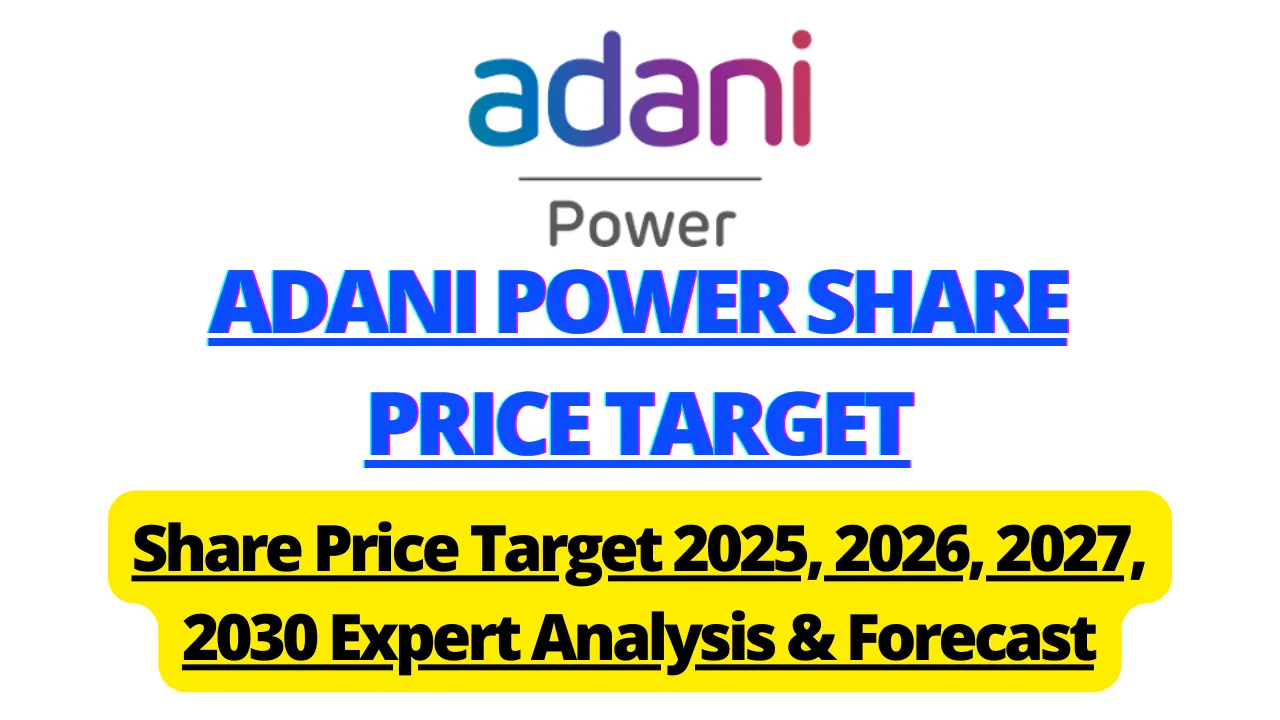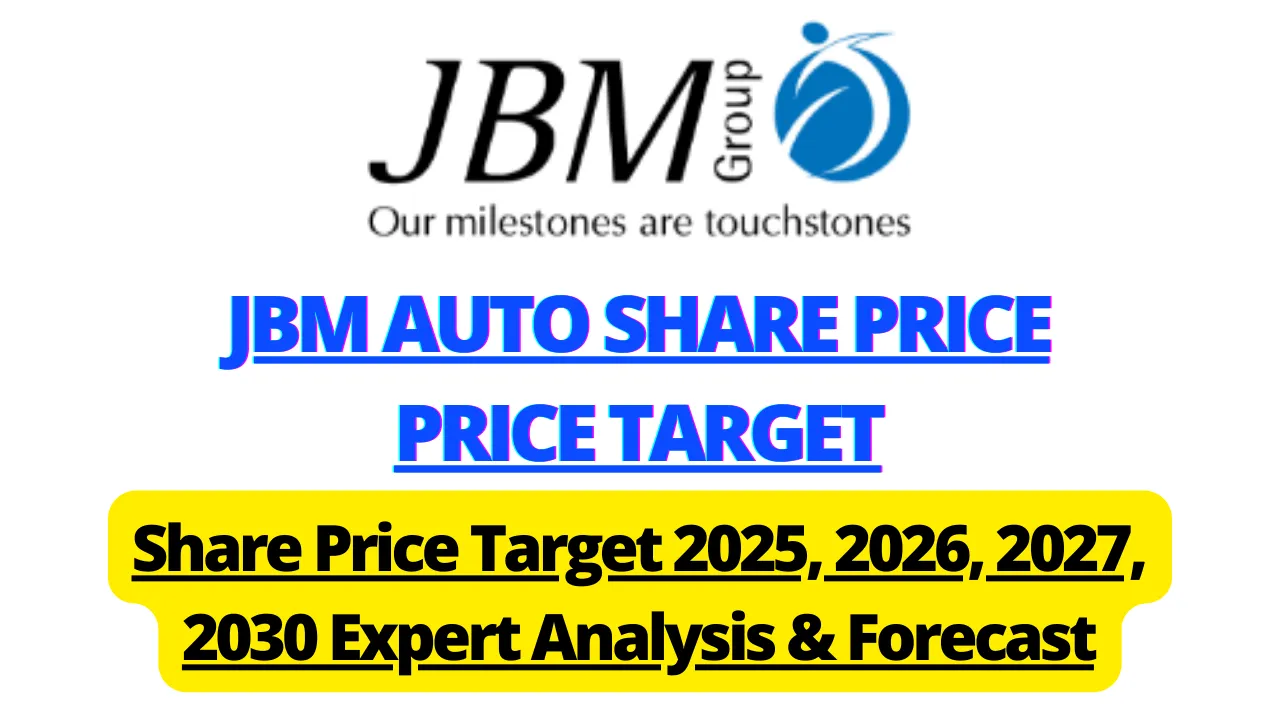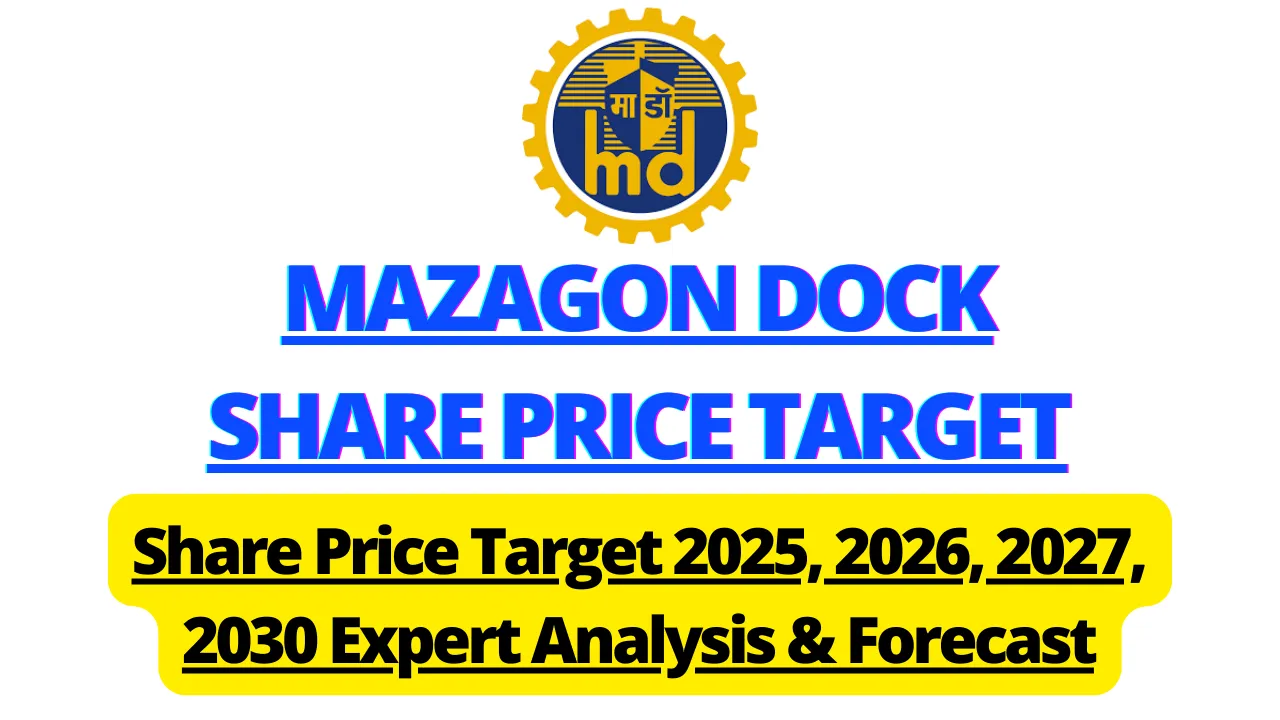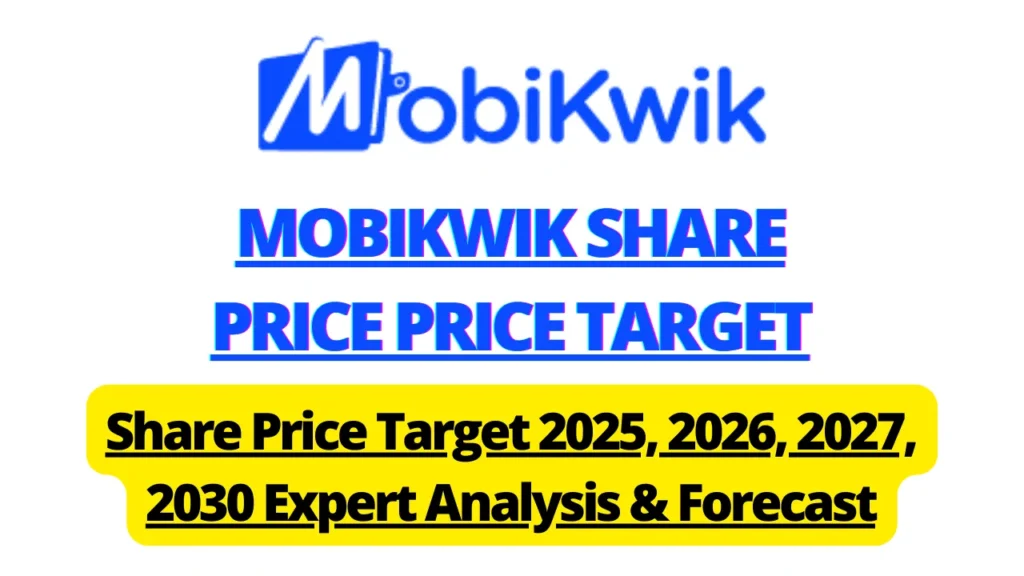SBI Share Price Target 2025 to 2030; State Bank of India (NSE: SBIN) is the country’s largest public-sector bank with over 22,500 branches, a deposit market share of 22.5%, and total loan share of around 19%. With more than 500 million customers and a presence in 36 countries, SBI wields significant scale advantage. As of mid‑July 2025, SBI stock trades near ₹823, down slightly from its 52‑week high of ₹899 and above its low of ₹680. The bank remains one of India’s largest financial institutions with a market cap around ₹7.34 lakh crore, a P/E of ~9.5×, P/B ~1.46×, ROE ~17%, and dividend yield of ~1.9%.
In FY25, SBI reported consolidated revenue of ₹4.91 lakh crore and net profit of ₹79,000 crore. Strong earnings, stable asset quality, and digital franchise (YONO platform with ~88 million users) support valuation. With subsidiaries like SBI Cards, Life & General Insurance, and Asset Management, the bank offers multiple growth engines.
This detailed projection outlines SBI’s potential share price path through 2030, based on underlying fundamentals, sector trends, and valuation re-rating potential.
SBI Share Price Target 2025 to 2030 – Expert Analysis & Forecast
| Year | Target Price Range (₹) |
|---|---|
| 2025 | 820 – 900 |
| 2026 | 850 – 1,000 |
| 2027 | 900 – 1,300 |
| 2028 | 1,100 – 1,600 |
| 2029 | 1,300 – 2,000 |
| 2030 | 1,500 – 2,500 |
2025 Projection: ₹820–₹900
The bank’s 2025 range centers around its current market price (~₹823), with an upside to ₹900 supported by continued earnings strength. A resilient macroeconomic environment, stable NIMs, and steady asset quality can trigger P/E re-rating. Downside remains limited as core earnings continue and the dividend yield remains healthy.
2026 Outlook: ₹850–₹1,000
In 2026, SBI may trade near ₹850–₹1,000 if it sustains 12–13% credit growth and improves fee-based income. With low wholesale funding costs and stable NIMs, EPS is likely to trend upward. Improved investor sentiment on banking sector fundamentals could support expansion beyond P/E 10–12×, putting SBI within reach of ₹1,000.
2027 Forecast: ₹900–₹1,300
By 2027, with favorable earnings and subsidiary business revaluation, SBI could trade between ₹900 and ₹1,300. This assumes consolidation in the banking sector, steady improvement in CASA ratio, and better non-interest income. Valuation could expand to P/E 12–15× if the subsidiary ecosystem is unlocked.
2028 Projection: ₹1,100–₹1,600
Projected revenue and profit growth, driven by digital fees, insurance premiums, and cards business, may support a valuation expansion to P/E 15–18×. If SBI maintains 10–12% CAGR in loans and sustains NIMs, the share price has room to rise toward ₹1,600 by 2028.
2029 Outlook: ₹1,300–₹2,000
By 2029, consistent earnings growth, stable asset quality, and a higher valuation multiple due to investor preference for scale and margins could push the share price to ₹2,000. A strengthened subsidiary ecosystem and consistent dividend payout (₹17–18 per share) will support this move.
2030 Vision: ₹1,500–₹2,500
Looking out to 2030, SBI may trade between ₹1,500 and ₹2,500. At the upper bound, earnings per share near ₹100, with P/E at 15–25×, align with global banking valuations. This scenario depends on structural topline expansion, improved RoE, digital leadership, and investor appetite for diversified PSU banking instruments.
Key Growth Drivers
- Extensive Branch & Digital Network: Over half a billion customers using SBI’s digital platforms strengthen fee income and reduce costs.
- Subsidiary Monetization: High-growth verticals like Cards, Insurance, and Asset Management enhance valuation.
- Asset Quality & Margins: Controlled NPAs (<3%) and stable NIMs (~3–3.2%) support earnings.
- Robust Profitability: FY25 PAT of ₹79,000 crore underscores core strength.
- Valuation Re-rating: Moving from P/E ~9× to ~15× as earnings stability improves.
- Systemic Importance: Investor confidence stems from SBI’s dominant share and capital backing.
Risks & Challenges
- Macro Slowdown: Prolonged economic weakness could cut loan growth/margins.
- Asset Quality Shocks: Sudden rise in NPAs may erode investor confidence and earnings visibility.
- Regulatory Interventions: Loan allocation directives or PSU mandates could pressure margins.
- Subsidiary Vulnerability: Weak performance by cards/insurance may limit re-rating potential.
- Valuation Plateau: Delay in expansion could keep SBI stuck in the ₹900–₹1,100 band.
Strategic Investment Summary
- Short-term (2025): Accumulate near ₹820–₹850, targeting ₹900 on modest valuation expansion.
- Medium-term (2026–2028): Positive medium-term triggers could lift the stock to ₹1,300–₹1,600 range.
- Long-term (2029–2030): A combination of sector leadership and subsidiary growth could propel share price to ₹2,000–₹2,500.
SBI offers a blend of income (₹17 dividend), value (P/E ~9×), and growth (digital fees, cards, insurance). Near-term risks appear limited, while long-term upside remains significant.
Frequently Asked Questions (FAQ)
Q1: Why is SBI trading at relatively low P/E of ~9×?
This reflects its size, PSU structure, and comparison with private banks; however, ongoing earnings strength and structural reforms could justify a higher multiple as economic conditions stabilize.
Q2: What is the role of subsidiary businesses in SBI’s valuation?
Subsidiaries contribute substantially to overall profitability and could unlock significant value if partially demerged or re-rated on growth metrics.
Q3: Can SBI’s book value support current valuation?
Yes—P/B of ~1.5× aligns with its strong brand, stable asset quality, and systemically important standing.
Q4: What factors might derail the forecast?
Major NPA surge, tight monetary policy causing slow credit, or regulatory pressure on margins pose key downside threats.
Q5: Is SBI a good investment now?
Yes—for long-term investors seeking stability, dividend income, and upside from banking consolidation. Entry near ₹820 offers a favorable risk-reward, especially for mid-term (~₹1,300 target).
Conclusion
State Bank of India offers a solid blend of stability, scale, and growth. Anchored by its PSU legacy, strong subsidiaries, and improving profitability, SBI presents a compelling case for value-anchored growth investing. With entry near ₹820 and expected progression to ₹2,500 over five years, SBI offers attractive multi-year opportunities. Investors should monitor asset quality trends, regulatory developments, and subsidiary outcomes to track performance.
Disclaimer: This report is for educational purposes only and does not constitute financial advice. Please consult a professional investment advisor.
